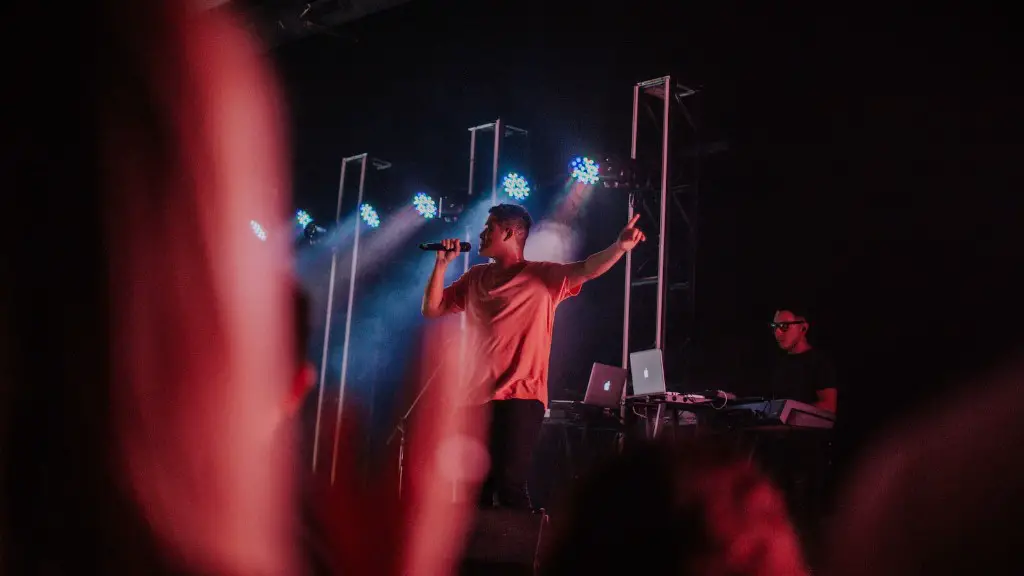Drawing Women’s Hair: A Creative Guide to Perfection
How do you recreate the energetic flow of a woman’s hair? The soft wisps of a braid? Or the complexity of a ponytail? Drawing hair for women can be a daunting challenge. There’re so many options, styles and trends that even experienced artists are occasionally intimidated.
But don’t despair! If you practice and get comfortable with the following fundamentals, you’ll create hair pieces that’ll make any female figure come alive. So get ready to up your artistic game because here comes all the tips and tricks you need for a perfect hairdo.
Create the Hairline
The hairline is the most complicated part of a woman’s head and your starting point. To draw it right you must pay attention to details. Multiple intersecting curves make up this line, so look closely and try to recreate these pathways.
If you’re still having a hard time, try sketching a curly line then adjusting the curves until you get the natural shape right. Then, redefine the line with bolder strokes to get the shape permanently on the paper.
Draw the Long Path
Once the hairline is set, it’s time to move along the long path. Down the sides, across the parted bangs and up the back. At this point, your pencil should be gliding effortlessly. Don’t forget to shade the deepest curves to give the hair a sense of depth.
Once you reach the back it’s time to practice your observation skills and analyze the different sections of hair. How do they connect? How heavy are the streaks? Are there any spirals? Consider these questions to get the hairstyle to look as natural as possible.
Draw Highlights and Lowlights
Once you have a full sketch of the hair it’s time to define the existing colors. To bring the hairstyle to completion you only need pencils, but it’s still important to identify the different sections. Analyze the highlights, lowlights and grey strands.
After that, you can start shading sections until you match the desired look. Highlights can be obtained with two or three strokes of light pencils, while lowlights can be obtained with darker pencils. And make sure to define the strands with a combination of straight and curved lines to give the hair more dimension.
Simplify your Hairline
Now that you have your sketch in full detail, go back and simplify the hairline you previously created. Use a thicker pencil to draw overs the wavy path you sketched at the start. This is just the last touch. Your piece should now have a cleaner, polished look.
And you’re all done! All that is left is to erase the pencil lines and check the result. A woman’s hair is full of life. You can let your imagination go wild and make the rules up as you go, but as long as you master the fundamentals, you’ll be able to draw any type of hair.
Set the Right Visuals
When it comes to drawing women’s hair, visuals should come first. Even though you may feel inspired to fly by the seat of your pants and create the hairdo as you draw, try to always have a model of some sort. Online images, references, hairstyle tutorials and even your own hair will help you create a foundation and details in a more timely manner.
Before you start drawing, make sure you have a clear idea of what you’re trying to create. Imagine it in 3D. Try to sketch the details while keeping in mind the whole picture. Once you have an idea of what you want to draw, it will be easier to stay focused and bring your vision to life.
Set the Right Base
You’ll need a great gallery of references to get inspired—this is especially important for long hair. Take the time to mix and match all the elements for a realistic hairdo. Hairbands, hats, scarves, and bobby pins or any other elements you need should be set from the beginning.
Go over your references and highlight the most unique details to investigate later on. Is there anything interesting in the background you can use, like elements that could be incorporated in the hairdo?
Get the Basics Right
If you want to get the details right you must become an expert in the basics. And those include the anatomy of the head itself. To recreate a woman’s hair, you must understand how the hair and the skull interact. This is especially important when you’re confronted with braids or ponytails.
Then there’re the facial features. Analyze how the hairstyle defines the shape of the face and vice versa. Where does the hair start and end? Does it cover any feature? Remember that the eyes, nose and mouth play an important role when it comes to creating realism.
Bring it to Life
Now that you have all your references, visuals and basics in order and your pencil is ready to go, it’s time to let your freedom loose. Have fun with the details, be creative, experiment. Force yourself to come up with something unique and explore different possibilities.
At this point, your pencil can do the rest. Get in your zone and let the muse lead you. Feel the emotion of the hair, go with the flow and let every line express something. Adding shadows and highlights will also help to bring it to life.
Focus on the final result
Even though you should focus on falling in love with the process, never forget the final result. A great hairdo requires patience and dedication. So take a break every once in a while and check your progress. It’ll give you a dose of motivation and prevent mistakes.
And don’t forget to use lots of erasers. That’s how mistakes are prevented and great results are achieved. So study, put in the practice, do the research and constantly look up references. You’re sure to create something unique in no time!
